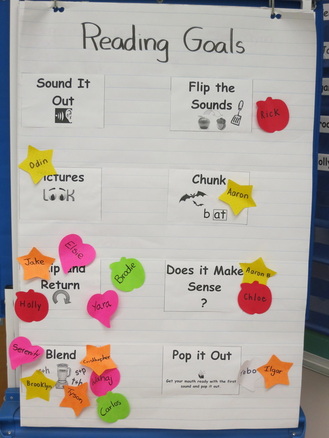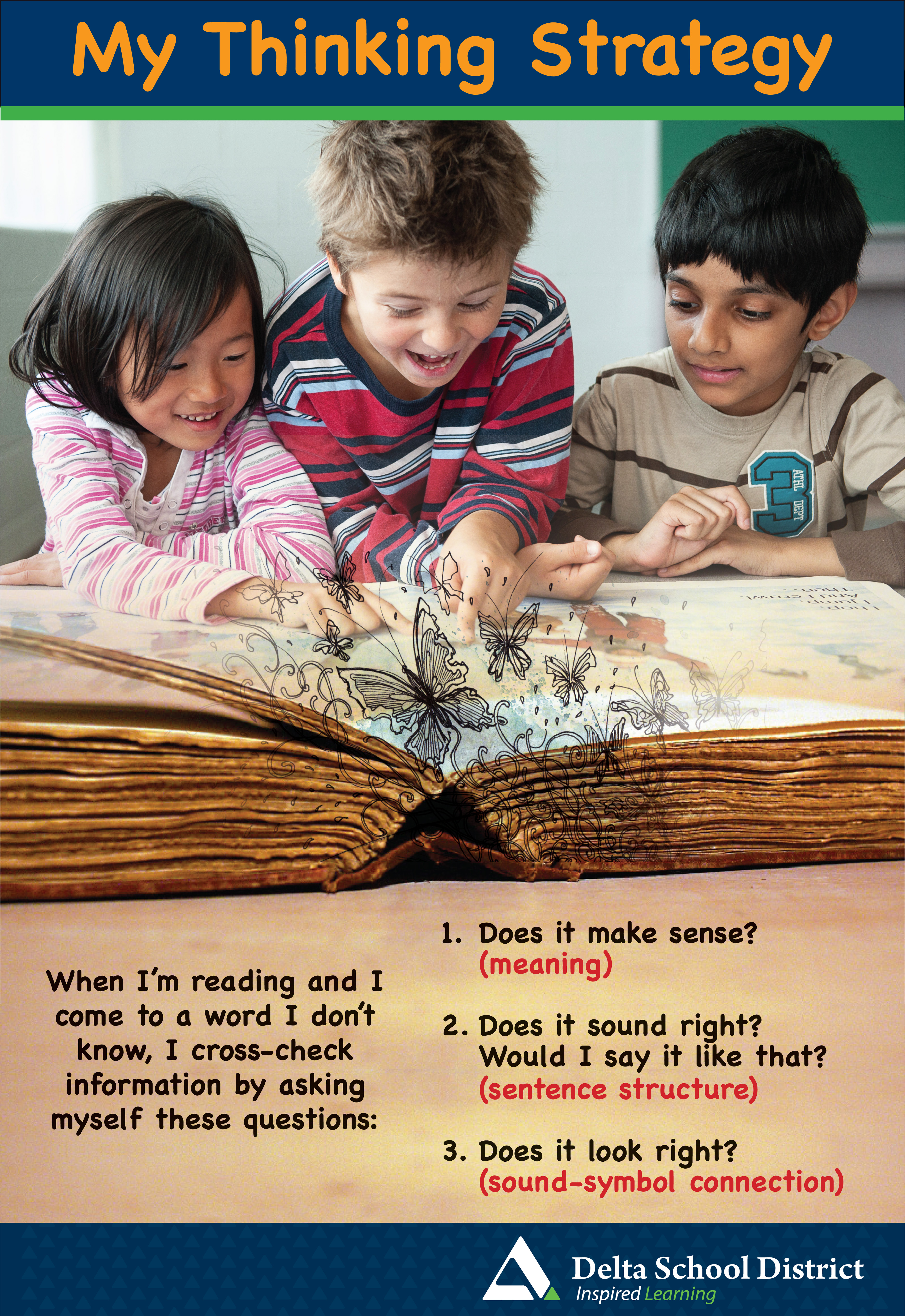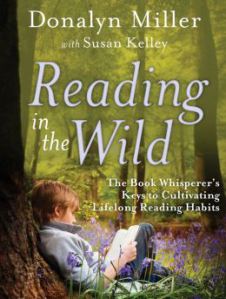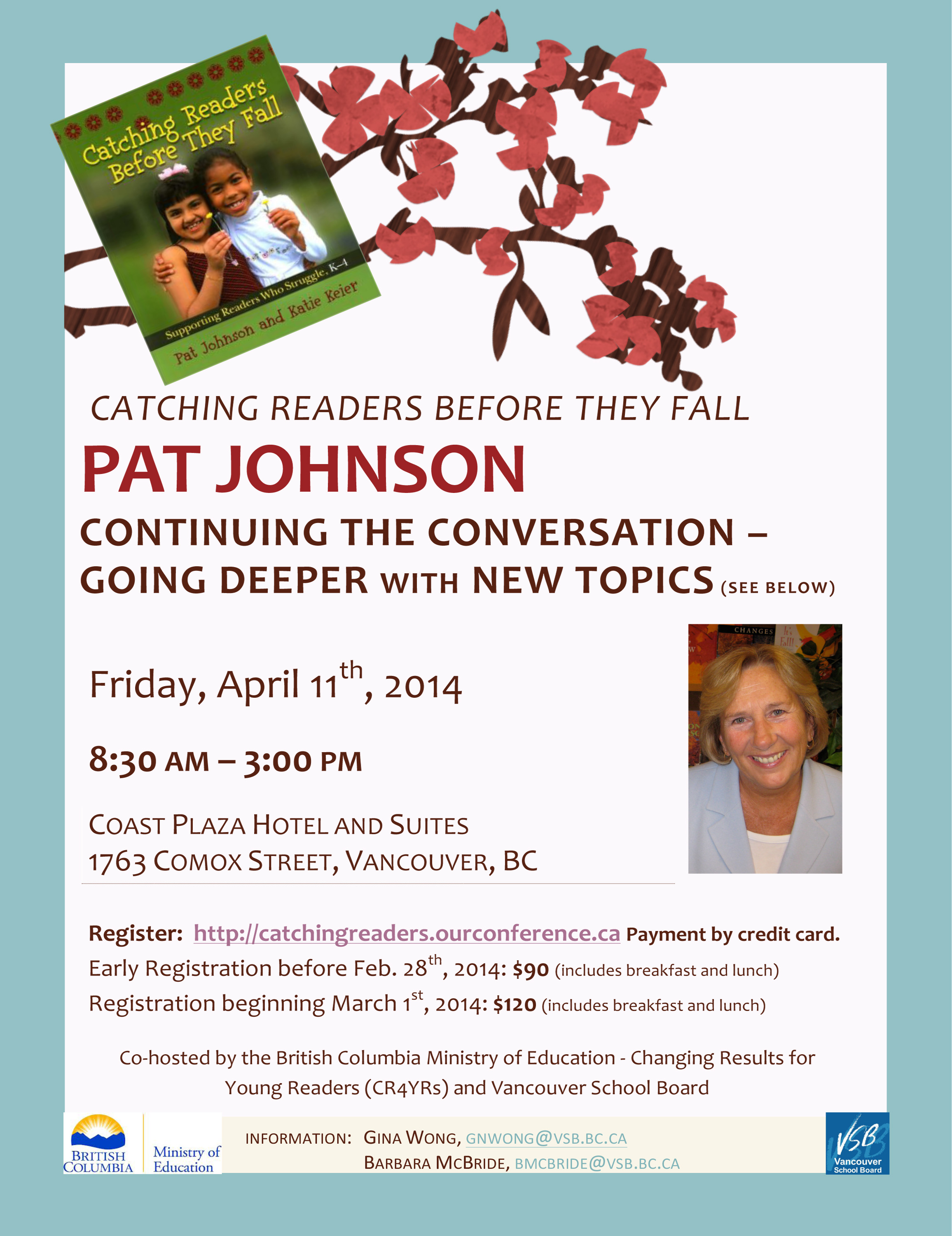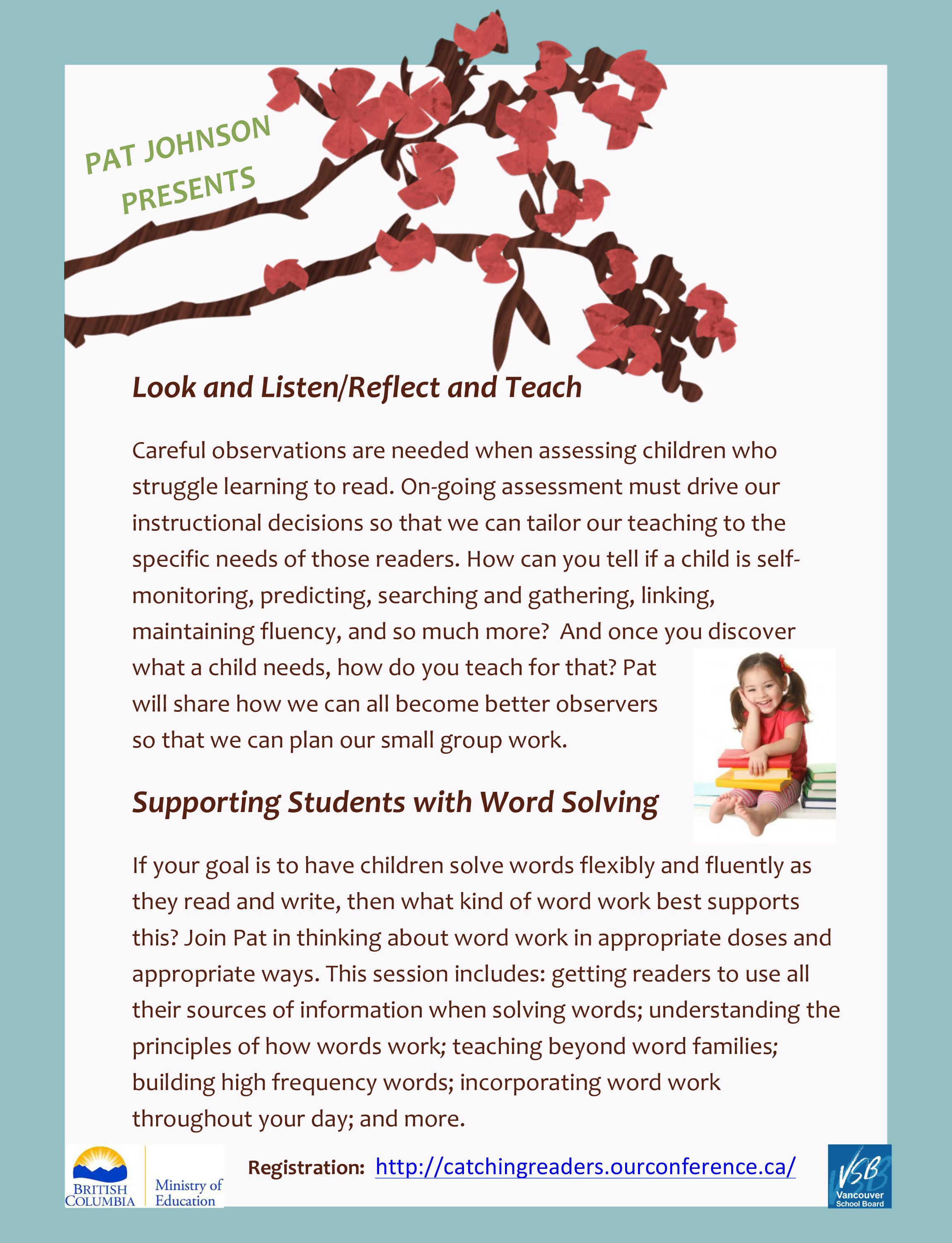 Letters from our Colleagues
Letters from our Colleagues
Colleague Letter #5:
I have been inquiring about the following question:
How can we effectively teach reading strategies so that students will utilize them to improve their self-regulation and joy of reading?
Here is something I have tried that other teachers might find interesting and/or helpful.
At the beginning of this project, I asked myself what I could do in my French immersion classroom to improve my grade three students’ reading skills. At that time, I found the Daily 5 method
(Les cinq au quotidien
by Gail Boushey and Joan Moser from Modulo) and (
Lecteurs engagés cerveaux branchés
by Adrienne Gear from Duval). Those books were very helpful in improving my practice and helping my students understand the process of reading. In retrospect, I can say that it was a revelation. I introduced the Daily 5 method slowly and gradually. At the beginning, I taught my students how to choose a book according to their reading level. In order to do that, I demonstrated what to do by using an analogy: I explained that choosing the right book is similar to choosing the right pair of shoes. Shoes need to fit your feet like a book need to match your reading level. I asked one student to put my shoes on and verify that they fit. Of course, they were too big. So, I compared that to choosing a book that is too hard for yourself. After, I ask the same student to try a baby shoe. Of course, it was too small. So, we compared that to a book that is too easy. My goal was for students to gain knowledge of their reading level. We also went over all the self-regulation aspects a good reader use to be successful and we practiced a lot of self-regulation behaviors.
In the Daily Five, we have five components:
-
read for yourself
( je lis tout seul)
-
read with a partner side by side or back to back
( je lis à quelqu’un)
-
play with the words with a variety of materials ( clay, dough, magnets, letters, etc…)
( je joue avec les mots)
-
listen to a story on the computer
( j’écoute une histoire –
www.ile
taitunefois.fr
)
This is a wonderful website to use in a French Immersion classroom
-
write a story with the words of the week
( j’écris)
The students have to complete all five components during the allowed time. During this time, I have interviewed students one by one. This way, I could make them read to me and use the Method Café. We collaborated to fix goals to reach and by doing that, the students became more aware of what they can achieve and what they need to do to improve their reading skills. For once, I was not the one who decided! The control was in their little hands. It was very powerful and amazing to observe. We always tell them what to do but I realized that it is way more powerful when it comes from them. They can be very surprising.
In a small amount of time, I was able to see a big change in my students’ attitude towards reading. I observed the growth in their joy of reading and it blossomed week after week. My students were asking daily if we were doing the Daily 5. They loved to read with a partner and they learned how to do it. They also developed ways to help each other. As a teacher, we sometimes assume that they know how to read with a partner but they do not. So, I taught them the strategies of reading with a partner. They were thrilled to learn and I am happy to say that they are now able to identify in their own words the reading strategies they should use in order to read a book.
After doing this reading project, I realized that in the past I had too much control over my students’ reading process. Those methods allowed me to give them back their power as a reader. Amazingly, one of my students said to me that she feels more confident and successful as a reader. She said that now, when she reads, it is like watching TV. The pictures are now showing in her mind. Also, by focusing on one student specifically, I helped, without knowing, many of my students. My miracle with this project is a little girl who was struggling with reading. She was reading at level 5 and hardly decoding words. Last month, she asked me if she could read me a book. I listened to her and she read me a level 16 book with expression, fluency and even comprehension. I was blown away. Putting this method all together was a lot of work, but I can affirm it was worth it! Now, I feel much more helpful as a teacher.
Colleague Letter #6:
I’ve been inquiring into the following question:
What will happen if I increase the number of positive interactions and the amount of time I spend with
B
?
Here’s something I’ve tried that other teachers might find interesting/helpful.
Instead of using the SEAS to work with
B
I changed my practices and routines so I became the person who delivered his program.
I have the best expertise so I felt I should be the person working with him. I also felt my relationship with
B
was not developed well enough because my SEAS spent more time with him. My relationship with
B
is vital. I now feel we have a close relationship, I understand him and he understands me.
In order to make this change possible I trained my SEAS to do my job. I selected four activities that could be delivered by an SEA: gratitude journals, calendar time, word work review and journals. I worked with the SEAS side by side during the training and gradually released the control to the SEA. I also released the power to the SEA in front of my students so they knew that Mrs.___ was the boss while I worked in the back of the class.
Approaches that have worked for
B
:
Language experience sentences and later building to a paragraph which described something he dictated.
He dictated, I wrote. He tracked the words with a fancy pointer reading together with the teacher and then on his own. I cut the sentence into phrases, he reassembled it and read it. I cut the phrases into words he reassembled the whole sentence and read it. The pieces went home to practice that evening. I now do multiple sentences with him. We use his language for the sentences his expressive language is becoming richer. He helps me spell the words while I write.
I also read with
B
using the SMART approach focusing on (connecting, predicting, inferring, questioning and imaging). We also work on what he needs to do while he is reading: tracking, using picture clues, skipping unknown words and rereading the whole sentence, rereading confusing parts, using phonics for three and four letter words, and developing a sight word vocabulary.
Colleague Letter #7:
I’ve been inquiring into the following question:
What does my student find funny or interesting and how can I tap into this to help engage her?
In seeking out an answer to my inquiry question which was to find things that would motivate my grade two student to read, I had the opportunity to sign her up for a program at the local library. This was a six week program where she would be able to read to a therapy dog once per week. She was thrilled to be able to do this as she really enjoys connecting with animals. In my discussions with her about how she felt being able to participate in the program, she said she was very happy to be able to read to the dog because it “did not correct her.” This got me to thinking about how I could tap into this kind of engagement and enjoyment at school without adding more to my already full plate. We decided to get a class pet in the form of a fish, with my intention of having them be able to read to the fish. Every morning as the students are exchanging their home reading books and return back to the classroom we have a quiet reading time. This is where the students have the opportunity to pull out their book bags and read several books that are at their “just right” level. A lot of my students are not provided with an opportunity to read outside school so I feel that this is a nice relaxing start to the morning. I introduced the idea of reading to the fish with all my students. This really excited my case study student and at first she was very enthusiastic to have a chance to read her “just right” books to the fish. As the term progressed we have found other venues for her to read to others, which has also kept her engaged. What I also found as the months have progressed from January to April is that a group of my grade two boys who have been reluctant or struggling readers have really taken on the opportunity to sit with the fish each morning and read their book to him. I have also used the fish as a writing topic. I have found this to be one of the best pieces of writing that my students have done this far. It was meaningful and connected to their interests. I have continued to use the fish for several other activities in reading, writing and social responsibility. Overall it has been a very good opportunity to introduce a low maintenance classroom pet to help motivate my students in many ways. I will continue to do this each year as it has proved to be a very good motivator for students who I had not really thought of when I started this case study.
 +369
+369
